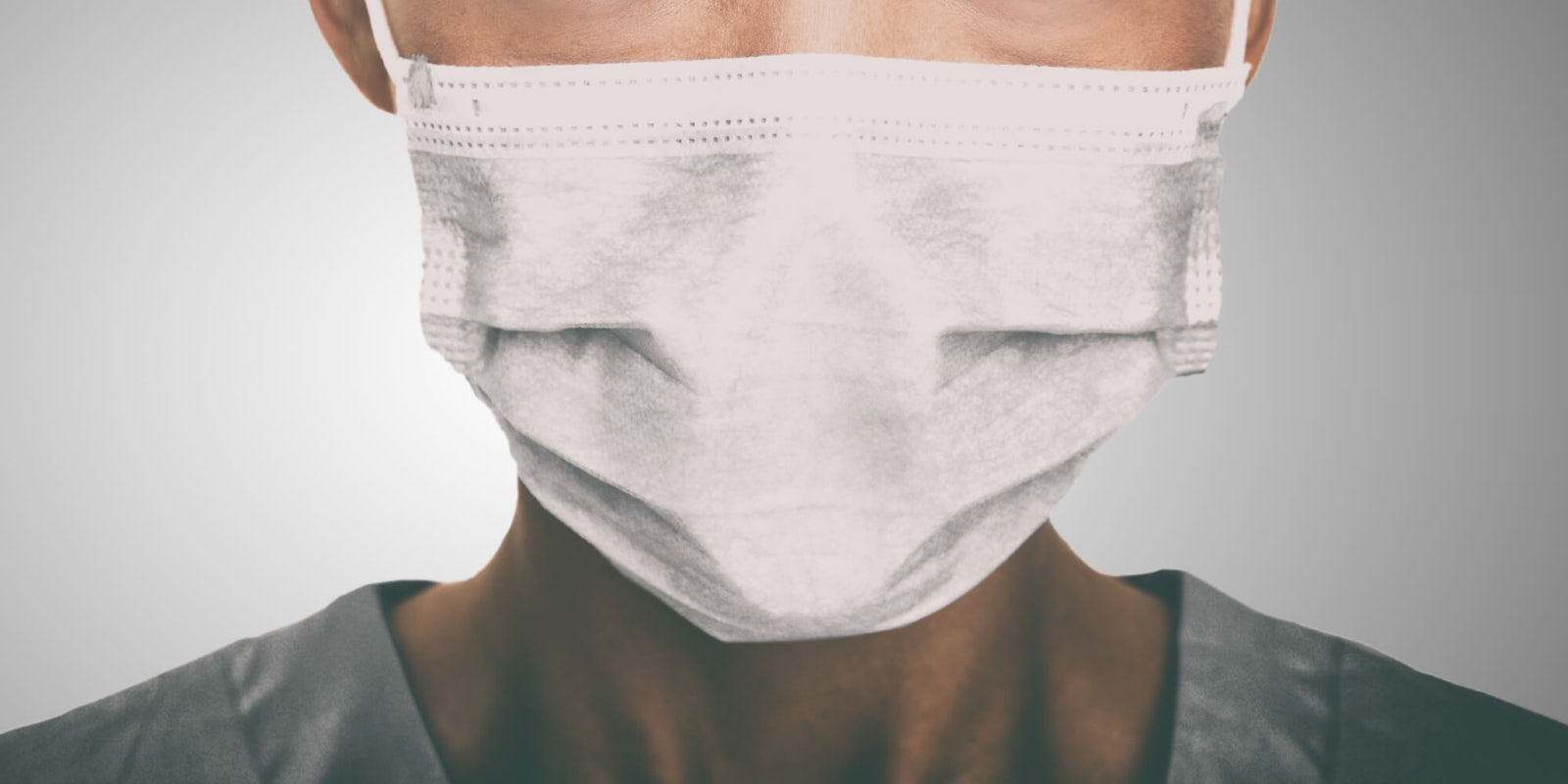Approximately one in five people globally are in quarantine. It’s necessary if we want to avoid overwhelming our hospitals and medical staff during the coronavirus pandemic.
In the U.S., however, our medical system is already overburdened. Hospital staff is running out of supplies, which puts healthcare workers at increased risk of contracting the virus themselves.
There is something that bored folks can do, from the safety of their own homes, to help.
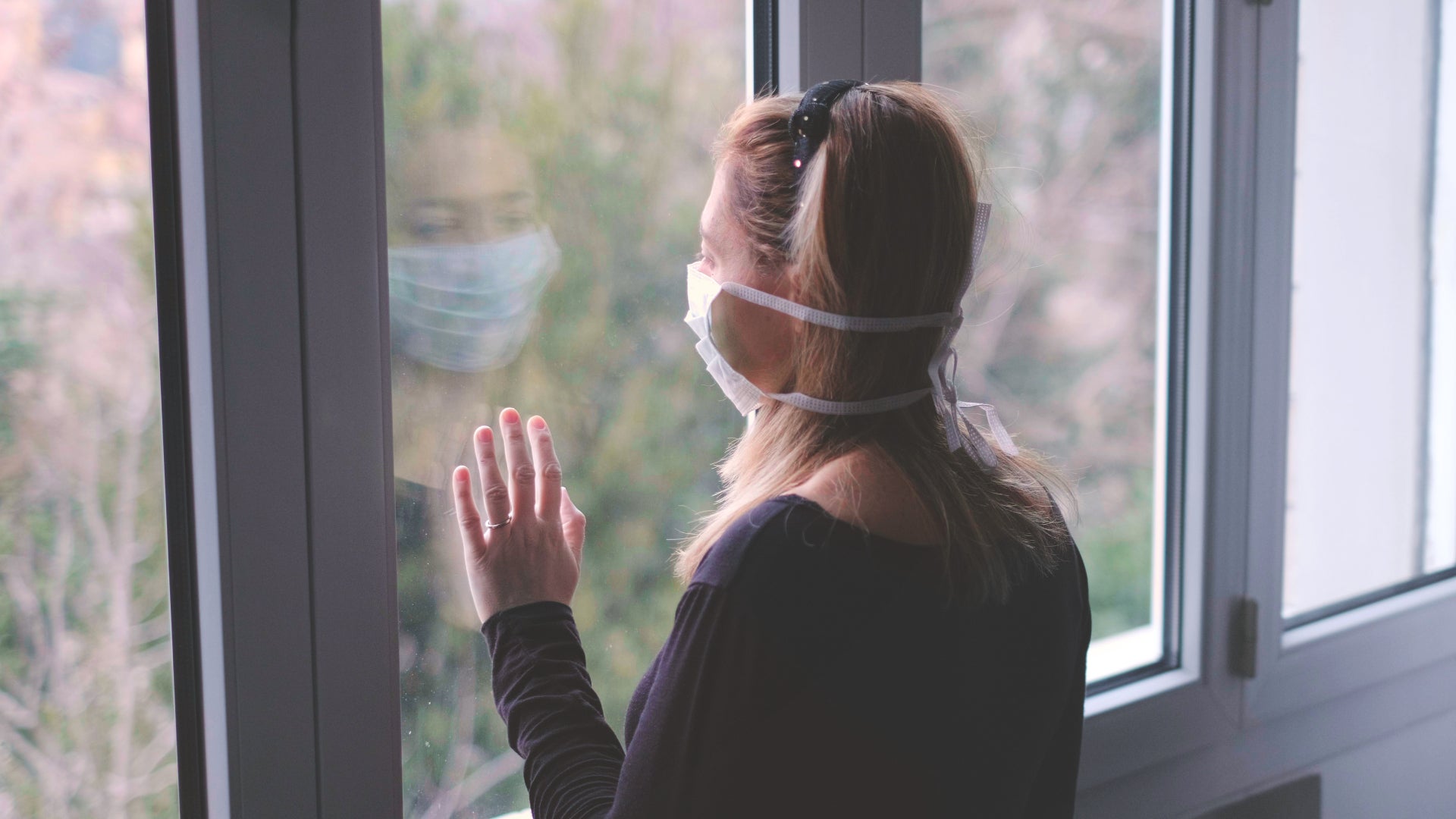
I spoke to Dr. Janielle Nordell, a pediatric hospitalist with Mayo Clinic Health System, who’s been working on a tutorial for people interested in making medical masks from home. Here’s what you need to know about making your own.
Why do we need homemade face masks?
Our doctors, nurses, and other medical staff are putting themselves in a very dangerous position. They place themselves inches away from our faces, infected throats, and unclean hands, all so that we can stay safe and healthy. They use personal protective equipment (PPE) to shield themselves from contaminants. This includes gloves, gowns, and face masks. But as the virus continues to spread and our hospitals fill with patients, they are running out.
Hospitals have been low on supplies for weeks. Our doctors are being forced to re-use medical masks, one of the only things that protects them from contracting the highly contagious virus. In an effort to help out, some people have proposed a home-made solution: DIY medical masks.
A few patterns have been floating around the web for more than a week, sharing tips and tricks for creating masks that can then be shared with hospitals, essential workers, and at-risk individuals. The initiative is great. Our medical professionals need our help. Unfortunately, not all the information out there is good.
Not every DIY pattern is actually going to be usable by a doctor or nurse. In fact, as an emergency medicine physician who asked to remain unnamed told me, most of these masks won’t even be used by our doctors and nurses.
Dr. Smith, as I will call her, informed me that the shortage of supplies is affecting some unexpected staffers. The DIY masks we’ll outline here likely won’t end up as part of your doctor’s new wardrobe, but rather in the hands of their administrative hospital colleagues. See, we are spending plenty of time worrying about doctors and nurses catching the virus, but what about everyone else? Receptionists, maintenance workers, janitors, and cafeteria workers, to name a few, are doing their jobs in at-risk buildings. Due to the shortage of masks and other PPE, they are often left without any form of proper protection.
These are the people your work can help.
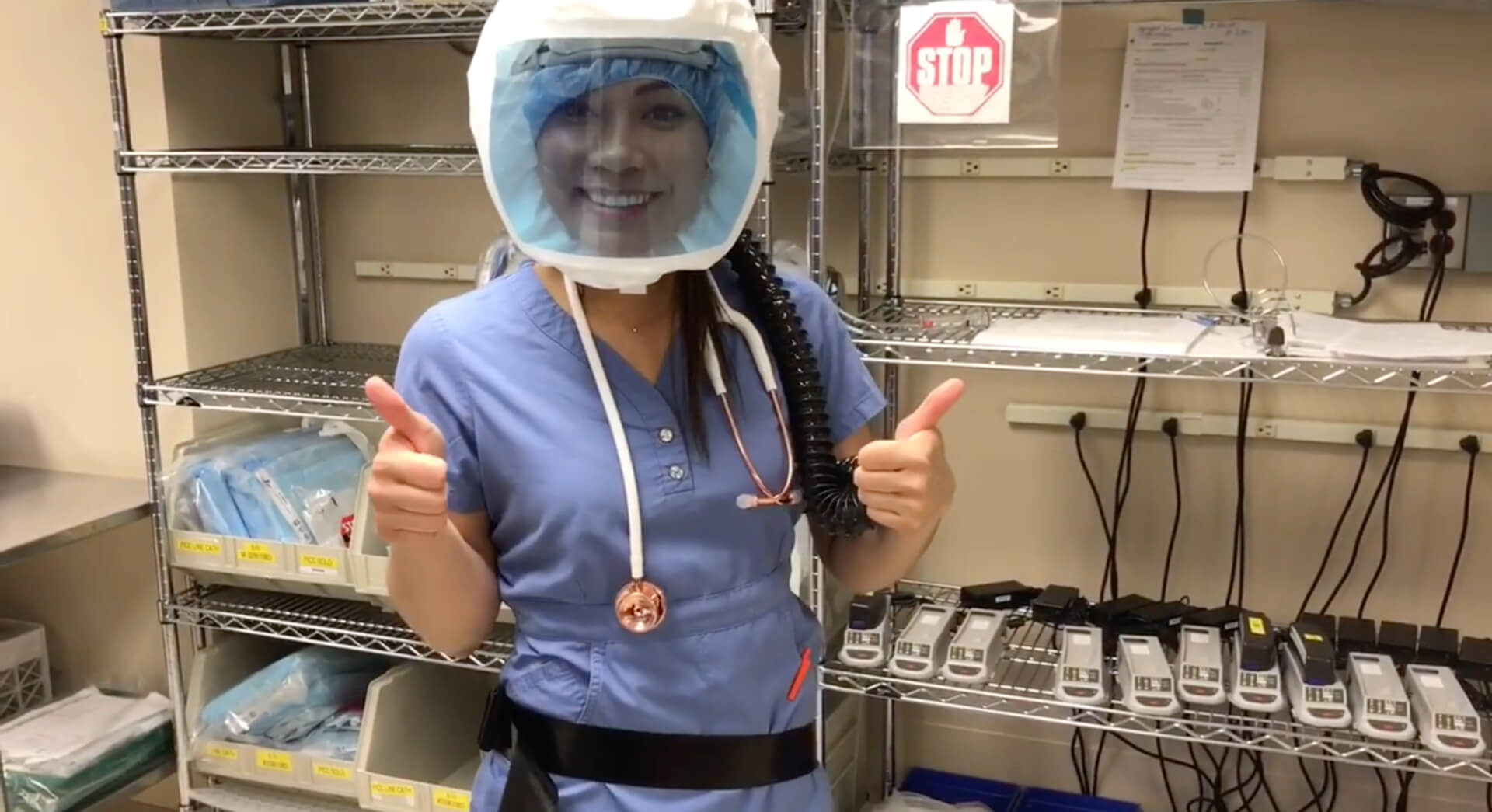
In an ideal situation, every doctor, nurse, and other high-contact medical professional wears the kind of PPE we’ve seen in China and Taiwan, according to Smith. Essentially hazmat suits, this equipment is far more effective. Surgical masks are not sufficient—by themselves, at least—to protect our doctors from COVID-19, Smith said. Their loose-fitting design can protect from most droplets, but any contaminants lingering in the air can slip through the sides.
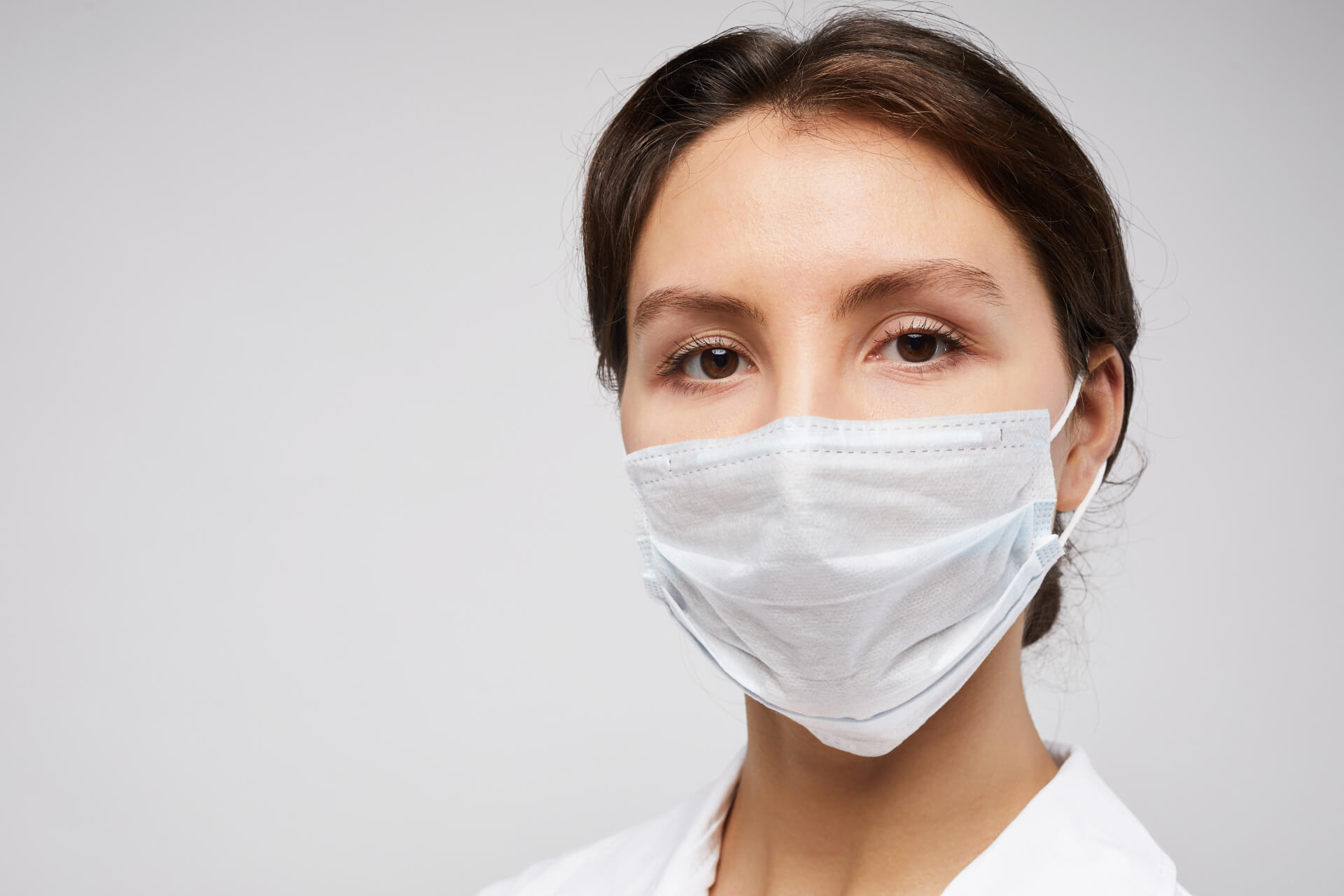
Smith compared the current situation as akin to asking workers to re-enter Chernobyl without adequate protection, given how little we know, comparatively, about COVID-19. “We shouldn’t be downplaying this,” she said. “Many workers are not being adequately protected and they don’t even know it.”
What the public can do, however, is make masks for our own protection, as well as to share with at-risk communities and our local hospitals. They may not completely block contaminants, but as Smith noted, “something is better than nothing.”
How to properly make DIY medical face masks
In order to avoid making dozens of unusable masks, you want to make sure you approach the process carefully. Only certain materials will be effective at blocking at least 1 micron and still remain breathable.
Dr. Nordell has been hard at work creating a tutorial for anyone interested in helping out. These DIY medical masks have not been tested, so their level of efficacy is still uncertain. Still, Nordell hopes that her version of surgical masks will be effective enough to block at least some of the virus.
Supplies
To make Nordell’s surgical masks, you’ll need several materials.
To begin with, you’ll need to track down a bed bug sheet that filters at least 1 micron. There are at least two listed on Amazon that promise to filter, at minimum, that amount.
If you decide to go for a different brand—or a different material—you need to be sure it is breathable and can filter at least 1 micron. Some people are including separate filters as additions to basic cloth masks, but Nordell warned that these may not be as effective. Specifically, some of these filters are rendered ineffective by moisture. Given that the masks are placed over the nose and mouth, they will certainly get wet, so anything affected by moisture is a no-go, she says. You also want to make sure that your mask can be machine-washed and reused later.
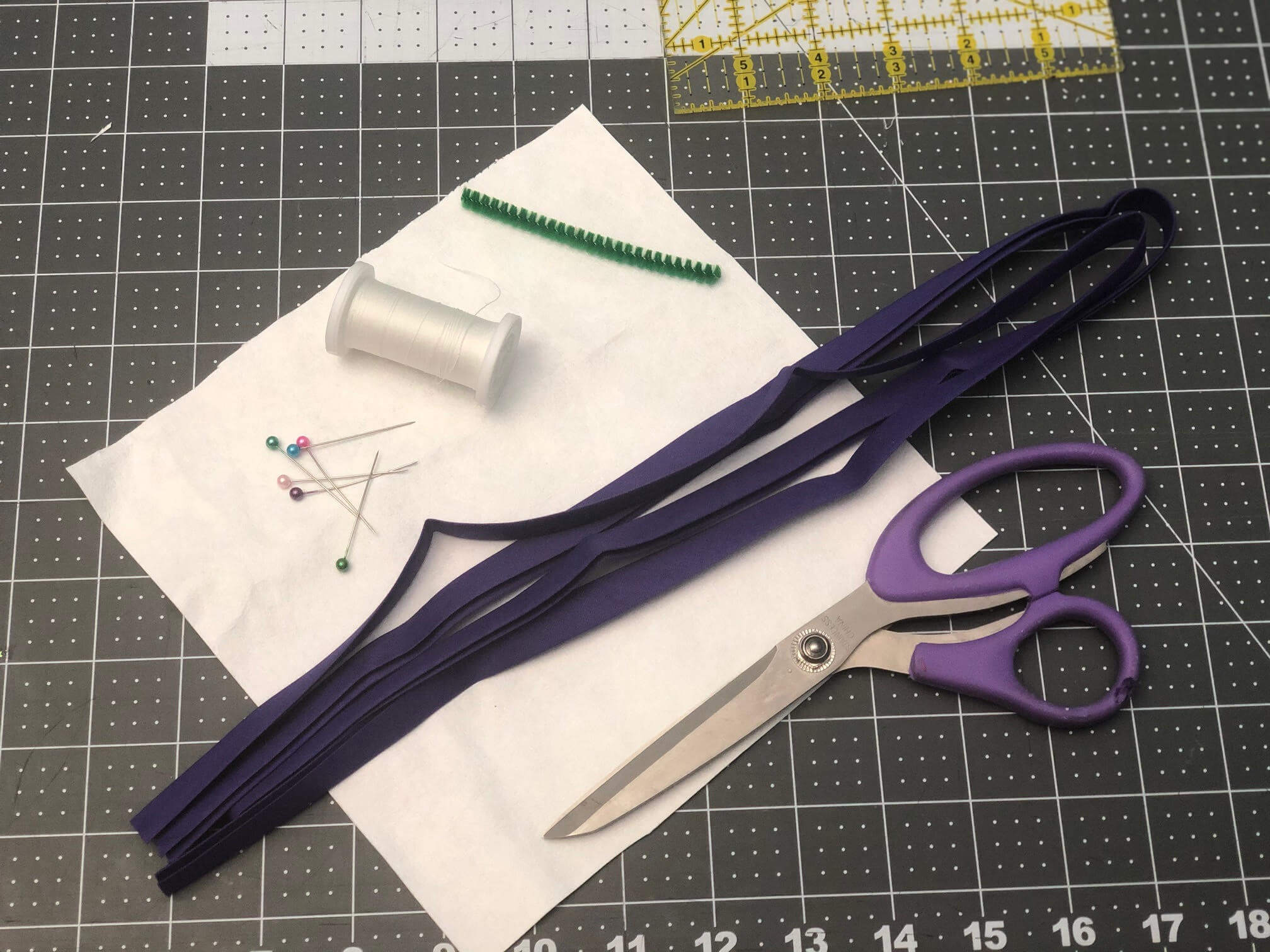
Cut your chosen material into 8-inch by 8-inch squares. Next up, you’ll need pipe cleaners or bread bag ties. Cut these in halves or thirds, depending on the length and set them aside. Each mask will also need 60 inches of half-inch-thick, double-fold bias tape. Finally, you’ll need sewing thread, pins, and, preferably, a sewing machine. A skilled seamstress can also make these masks by hand, but you’ll be able to pump out far more with a machine.
Process
Now that you’ve got your materials prepared, creating the masks should be short work. Begin by folding your square of cloth to make a pleat three times. This should decrease its length from 8 inches to 5 inches. Place some pins to keep it straight and sew it in place.
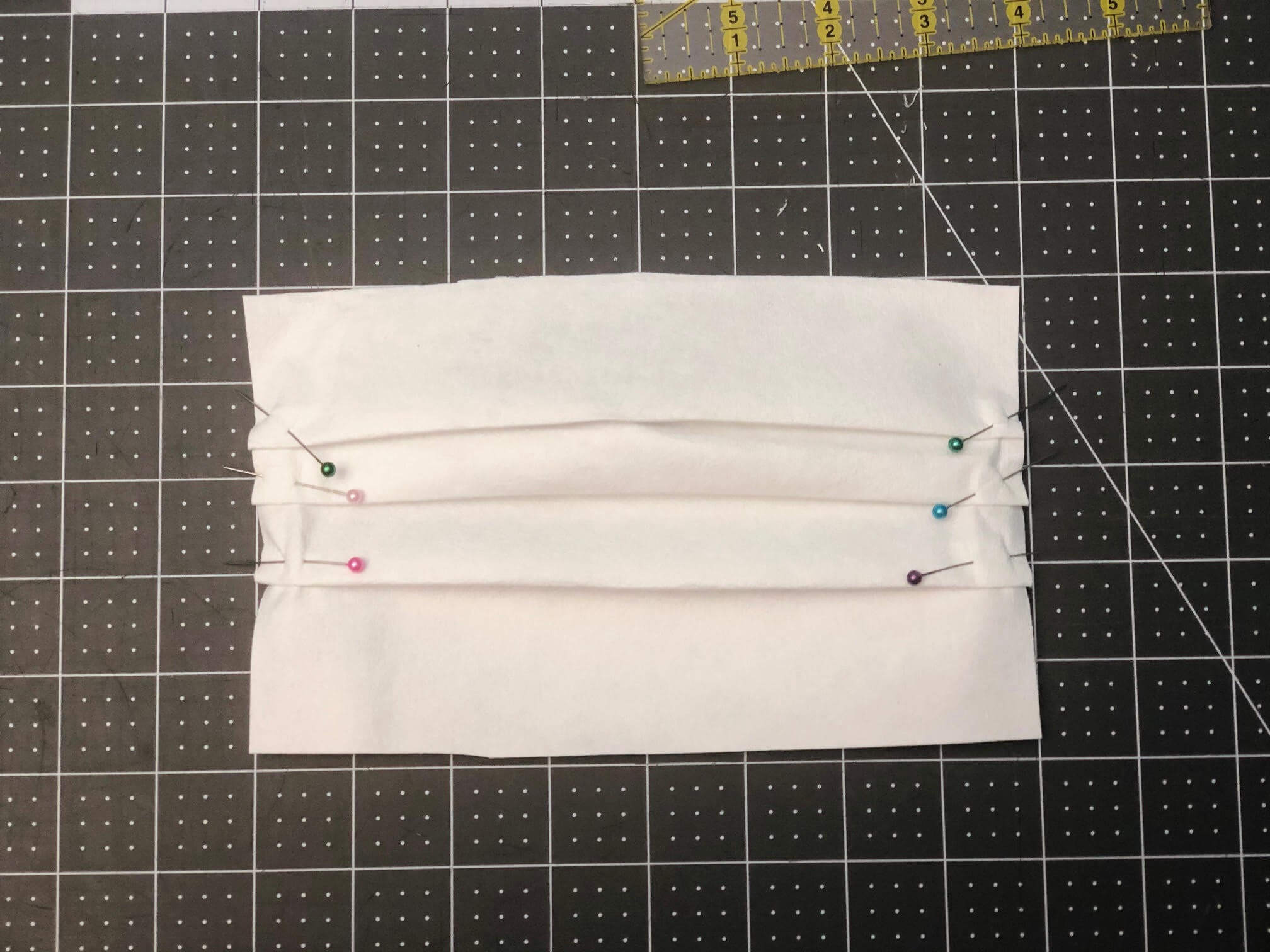
Once finished, you’ll want to fold your bottom seam 1/4 inch, and then fold it over another 1/4 inch. Then, sew it all into place. Nordell recommends a double stitch.
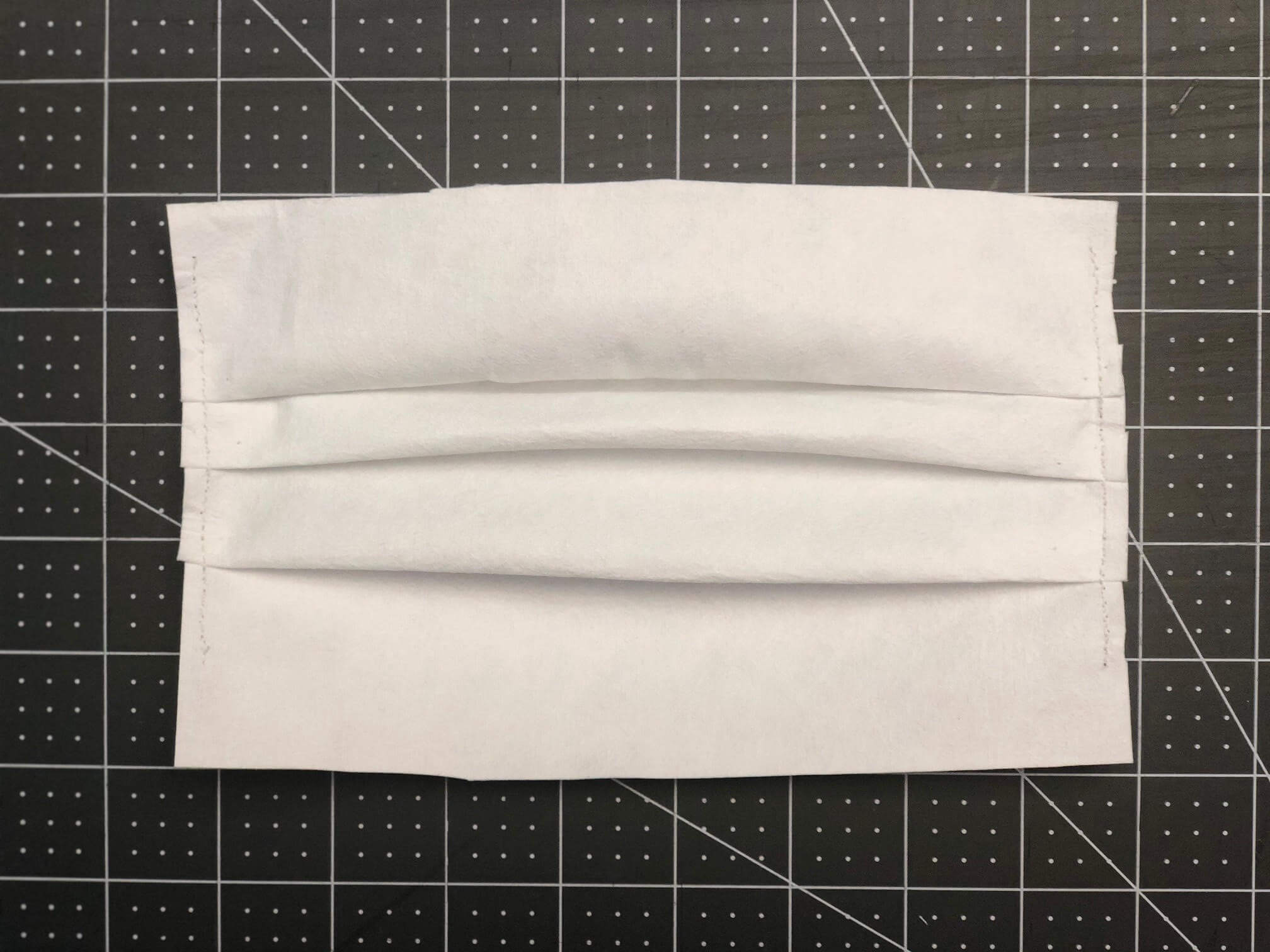
Next up, you need to fold over the top seam 1⁄4 inch, tuck your pipe cleaner into place along the center area—this goes over the nose—and pin it.
Then fold over it again and sew it into place with another double stitch.
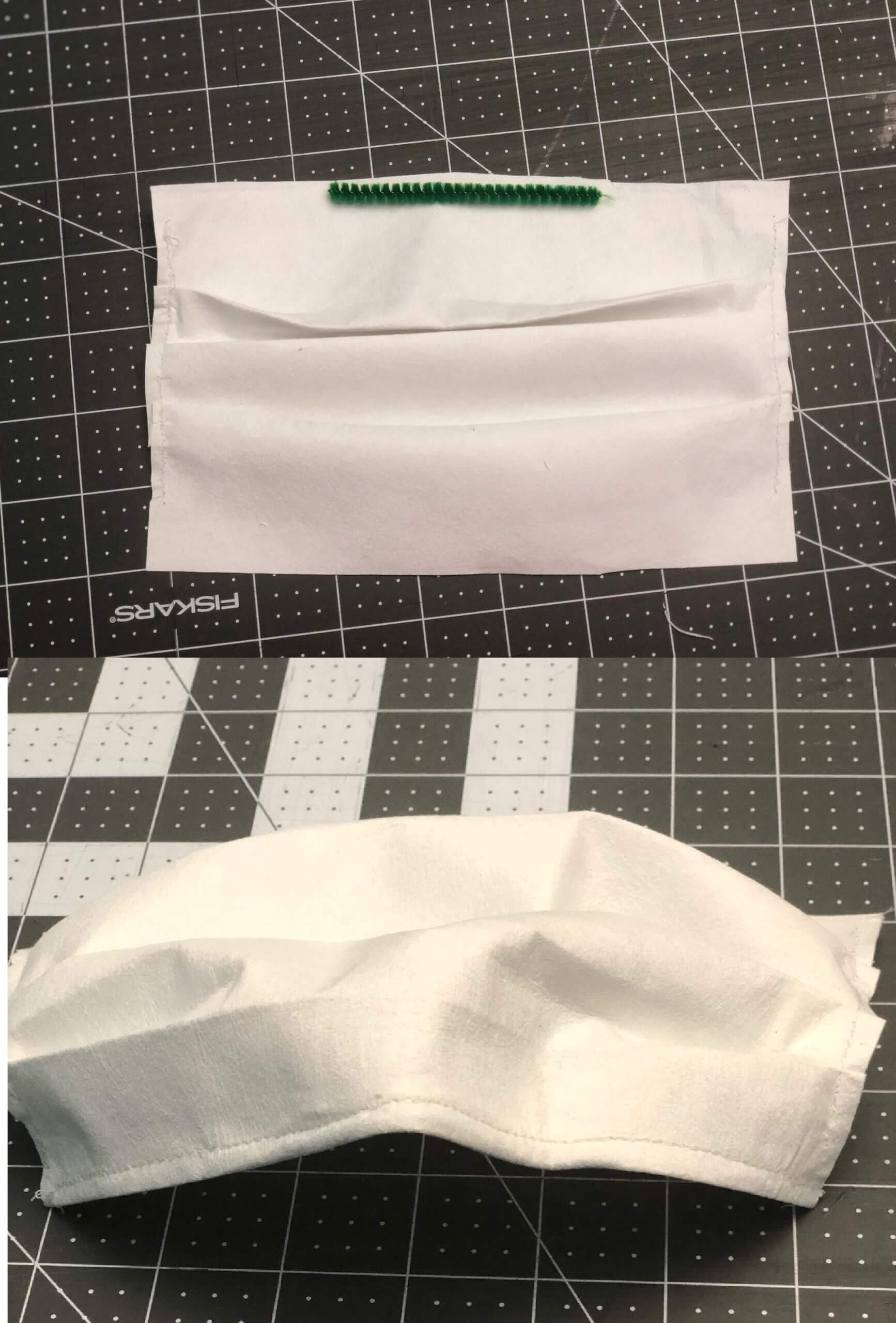
Finally, you want to sew—again, a double-stitch is recommended—30 inches of bias tape to either side. Make sure to leave at least a 13-inch tie on the top and bottom of each side.
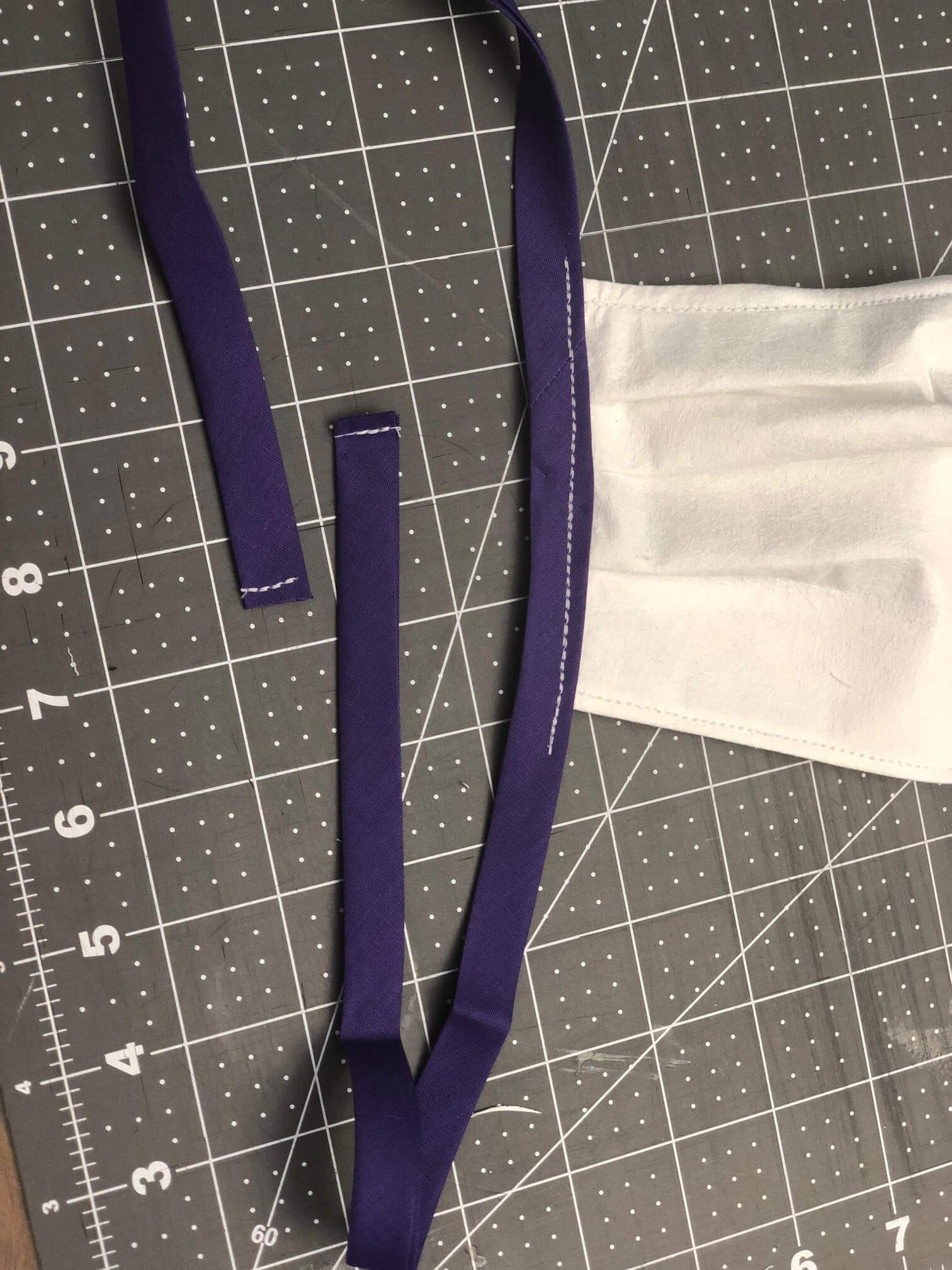
Complete the mask by sewing the tape closed on either end.
Who will be using these face masks?
It’s hard to say exactly who is most in need of your DIY masks. Obviously, making a few for yourself and other members of your household is a great idea. If you are hoping to make some extras for other people in need, Nordell and Smith had a few suggestions.
Average citizens should, if at all possible, try to use a mask while in public, the doctors say. This, as noted by Smith, can help stall the spread. People visiting hospitals should certainly be masked-up as well, so sending some donations to your local hospital is a great choice.
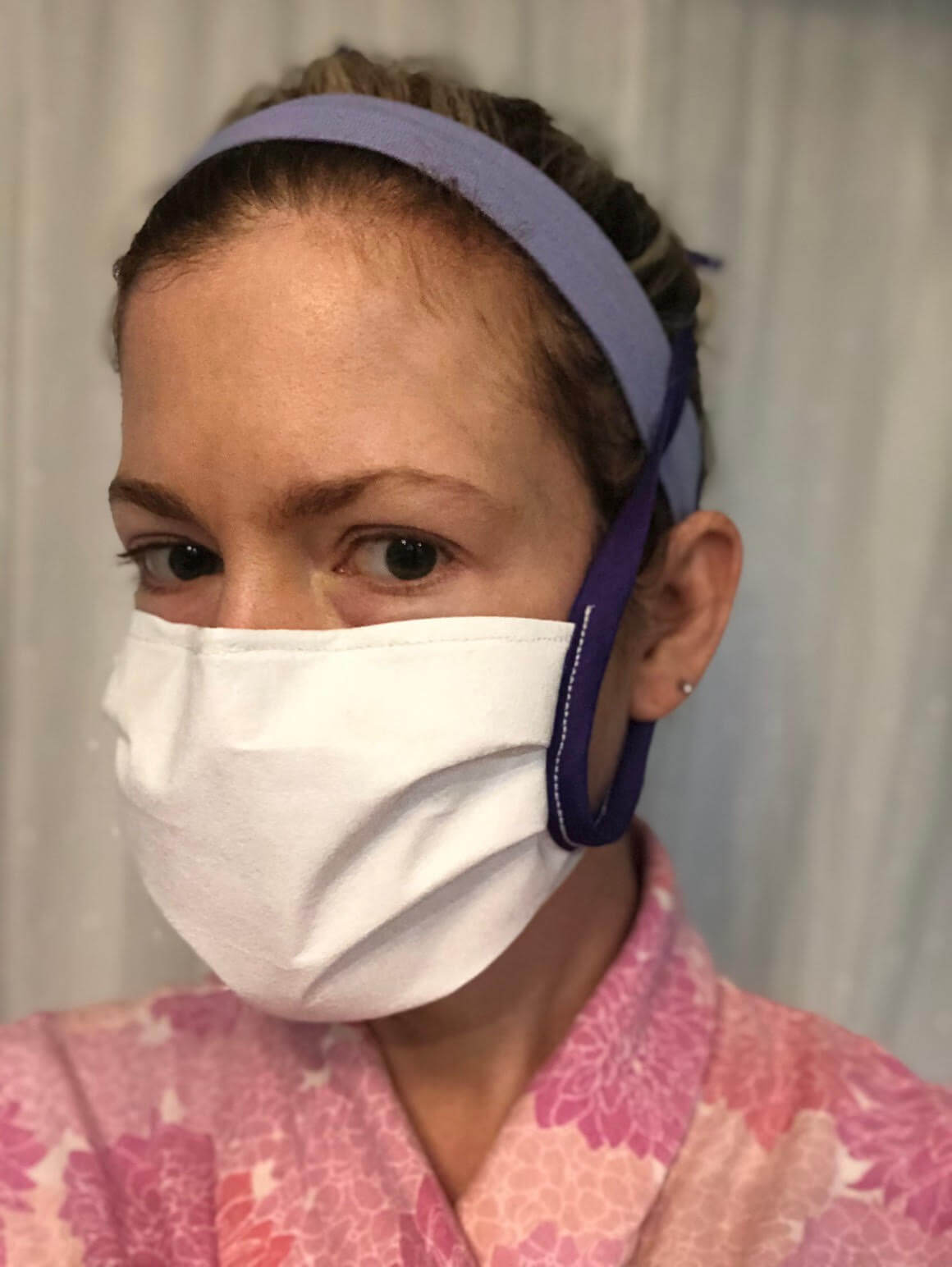
Staff at our doctor’s offices and hospitals could also use better protection, so keep that in mind as you craft. The janitors cleaning COVID-19-infected rooms, cafeteria workers serving patients, and receptionists checking people in are all at great risk of contracting the virus. Doctors will hopefully continue to have access to superior PPE, but if it gets to a point that there are no commercially available masks, they might need your DIY options too.
How else can we help our medical professionals?
Not everyone has the ability to pump out spare face masks to assist our medical professionals, but don’t worry, there are more ways to help. Our doctors, nurses, and other medical staff are already overworked, and that is only going to get worse. As Smith noted, “this is not going to be a one-week, two-week or one-month thing. There is going to be an ongoing need.”
Smith told me that there is an immense need for childcare for physicians and nurses. Many physicians are part of a “double-medical household,” which means that both parents are in the medical field. These households, in particular, are in tight spots. If you are looking at a sudden abundance of time on your hands, and are looking for a way to help out during this crisis, consider offering childcare to your friends in the field, Smith said.
You can also help out by avoiding the urge to hoard items. Our medical professionals are working long, difficult hours, and in many cases don’t have the same time to shop as the rest of us. That means that when you clear out an aisle at the grocery store, it might be your doctor that’s getting hurt.

Finally, for people who have the financial freedom to do so, consider making some donations to communities in need. Smith pointed out that the emergency department is typically a catch-all for “everyone who hurts from society’s common ills.” This includes alcoholics, drug abusers, elderly folks without a support system, and battered women, to name a few.
In the age of COVID-19, these people are being turned aside from the emergency department. We can help by donating to charities, like these, and provide a lifeline for them.
READ MORE:
- YouTuber describes coronavirus symptoms, obstacles to getting medical care
- Nurse’s TikTok video accused of being insensitive to patient trauma
- This teen’s TikTok about his ‘coronavirus test’ is 2020 in a nutshell
Update 11:54am CT, April 3: A previous version of this story recommended that the DIY masks be ironed. Upon further review, Dr. Nordell said that ironing does not work with this fabric and is not necessary.

